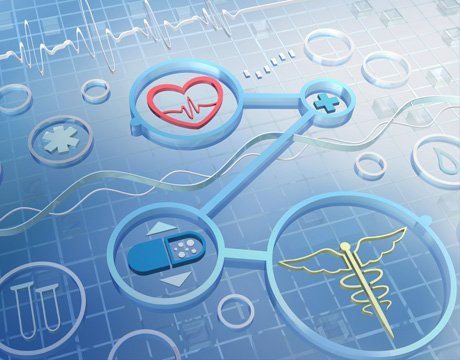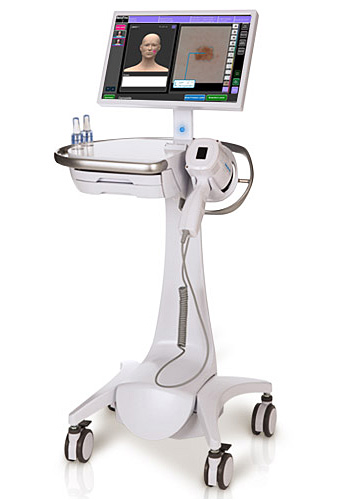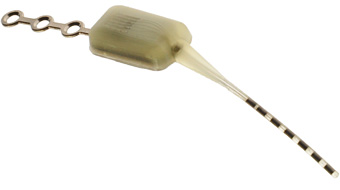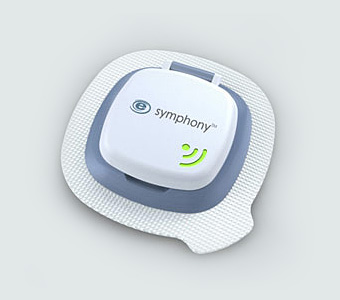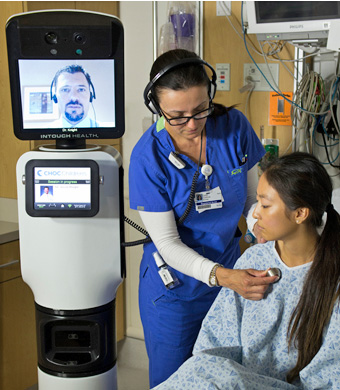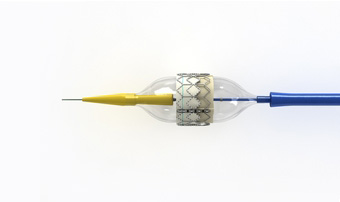Brazil, once criticised for lax intellectual property rights protection, has been stepping up implementation and enforcement of international IP rules in recent years, a World Trade Organization body announced Wednesday. But some major rights-holding nations urged the government to undertake further work.
Brazil came out with “flying colours” in a recent review of its trade policies over the last four years, said the president of the WTO body that conducted it. The country is increasing wealth as well as distributing it in a more equitable way, said WTO Trade Policy Review Chair Ambassador Istvan Major, of Hungary. Trade policy reviews of WTO members are conducted periodically and consist of both the WTO secretariat review of a country’s trade policies and the countries’ reports on their own policies.
Brazil also is expected to navigate the financial crisis better than many other global economies, and already is faring better than many developed countries, said another member of the review mechanism at an 11 March press conference on the trade policy review.
Intellectual property policies were a notable area of progress in the 2004 – 2007 period of review, the official said, as there was new legislation adopted and clear changes in it IP law.
Recent areas of interest in IP in Brazil – notably, the controversy over a stopped shipment of generic hypertension medicines from India by the Netherlands – were not mentioned in the report, as they are too recent, according to one of the secretariat members.
Major areas of progress were on a new “comprehensive and modern IP protection law” and on improved enforcement of obligations under the Trade-Related Aspects of Intellectual Property Rights (TRIPS) agreement, said Major, though on the latter they were “invited to make further efforts.”
The country complies with all major aspects of the TRIPS agreement, and grants rights in excess of the minimum requirement in areas such as copyright law and pipeline patents, the WTO secretariat report on the review said.
The Brazilian government report said that in 2004 it established a National Council to Combat Piracy and Crimes against Intellectual Property, an equal partnership between government representatives and private sector representatives. The Brazilian Association of Software Companies gave the partnership an award in 2007 for the decline of software piracy from 64 to 60 percent in a year.
Legislation adopted in 2007 on layout designs of integrated circuits also was a significant change, a separate official from the WTO secretariat told reporters. Integrated circuits, or silicon chips, are essential to most modern electronics, including computers and mobile telephones. Previously, the designs of these circuits had no specific law in Brazil under which they were protected.
The secretariat’s report said the number of patents granted annually has declined since 2003, from 4,725 in 2003 to 1,855 in 2007. The report says timely patent processing is still an issue: the average time a patent spends waiting for approval is seven years.
Registrations of industrial designs also declined, from 5,651 in 2003 to 4,085 in 2007, though trademark registrations increased, from 10,541 in 2003 to 128,540 in 2007.
Other changes since the last review include guidelines and regulations for genetically modified organisms, and the introduction in 2006 of a 10 percent preference margin for small and medium-sized enterprises competing for government procurement contracts. Brazil is not a member of the WTO Government Procurement Agreement. It was invited to join, but indicated that “for the time being it is not in the cards,” reported Major.
This concerned the United States, which said in a statement it was “concerned with Brazil’s non-transparent policies on government procurement as well as lack of participation in the WTO GPA.” The US agreed with the WTO secretariat and encouraged Brazil to “consider the benefits of joining,” the statement added. The European Union echoed this encouragement.
One compulsory licence was issued on an HIV/AIDS medication, in May 2007. The decision allowed Brazil to import or manufacture generic versions of the drug, efavirenz. A compulsory licence is an exception to patent law. Under TRIPS, there is public health flexibility for governments to allow the manufacture of generic versions of medicines under patent without permission of the patent holder.
The United States recognised Brazil’s progress on IP “particularly with respect to pirated audiovisual goods” but said that stronger IP enforcement legislation is needed on book and internet piracy. The US also asked that Brazil look into acceding to the World Intellectual Property Organization “internet treaties,” covering copyright and performances online.
The European Union also called for increased enforcement, and mentioned the “general backlog” of patents and trademark applications.
Brazil is a net importer of IP: importing US$2.25 billion in royalties and licence fees, and exporting US$319 million, said the WTO secretariat report.
Brazil also received commendation for its role in the Doha Round of trade liberalisation negotiations, said Major. The current round of talks was launched in Doha, Qatar in 2001.
The Doha Development Round, said the Brazilian report, “will only be successful if it results in benefits for all members, particularly for developing countries.”
- Can we change this history? Can Brasil goes to top of economic status?
I think we can. I believe that Brazil is a country that can increased it economy with the all diversity that its has.... So, you may say "I'm dreamer" but I'm not the only one.... Like John Lennon's song...
